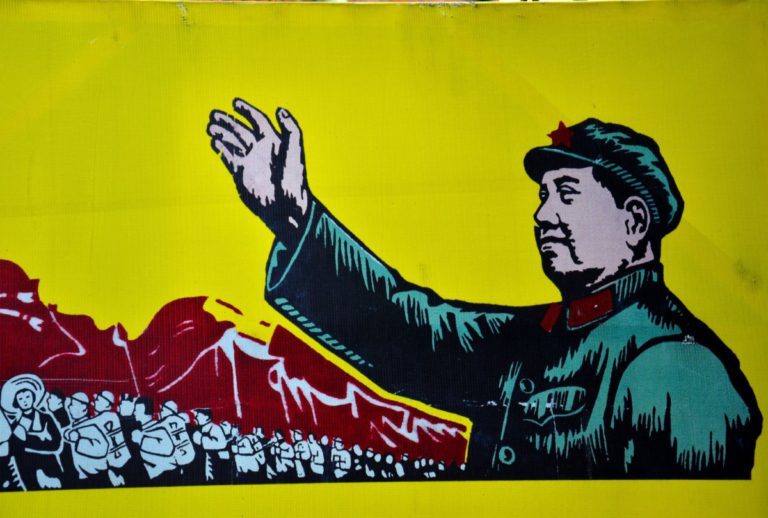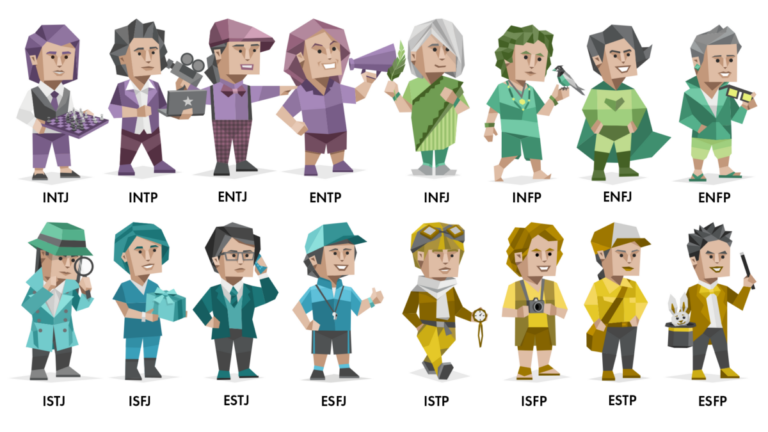Propaganda is a type of communication that is used to promote a particular agenda or point of view.
It can be used to influence people’s opinions or control their behavior. Propaganda often relies on misinformation that can be influential in shaping people’s opinions.
An important problem of common methods used in propaganda is bullying (mocking a person). For example, the Nazis called the Jews “rats” and Iran called the United States the “Great Satan.” Other common methods include appealing to emotions, using incitement, and intimidation tactics.
Purpose of propaganda
Its goals may vary, but common ones include shaping people’s opinions, persuading people to support a certain cause or political candidate, and encouraging them to behave in a certain way.
Example
The Nazi propaganda film Triumph of the Will is an example of propaganda.

It was filmed to promote the Nazi regime and encourage people to support Adolf Hitler. It is considered one of the most effective propaganda films ever made.
How is propaganda used in advertising?
Another common tactic is the use of a “bandwagon” where advertisers convince consumers that everyone is using a particular product and that they should too.
Internet memes are one of the latest evolutions of flyer propaganda and an effective tool in the arsenal of digital persuasion. In the past, such items were dropped from aircraft, now they’re making their way to social media across multiple platforms and their territory is global.
Internet memes are used to target specific groups in order to create and strengthen tribal bonds. With their ease of creation and the ability to consistently validate axiomatic tribal ideas, they have become a skillful tool for exerting mass influence across international borders. This text explores the connection between internet memes and their ability to “hack” the attention of anyone connected to the internet using dense modality and cognitive biases.
Why is propaganda used in war?
Propaganda is often used in war to shape people’s opinions of the enemy.

It is used to force people to support military action or discourage them from going over to the side of the enemy. War propaganda often relies on misinformation and deception to achieve its own goals.
How is propaganda used in politics?
Propaganda is often used in politics to influence people’s opinions about a particular candidate or issue.
Political propaganda can take many forms, but it often relies on emotional appeals, bullying, and scare tactics.
Danger
The danger of propaganda is that it can be effective in shaping people’s opinions.

It is used to control their behavior. It is used to spread hatred and bigotry, to incite violence, deceive people and undermine democracy.
Propaganda techniques
The following is a list of some common propaganda techniques:
- Haunt: Involves the use of pejorative terms to describe an adversary or enemy.
- Emotion Appeal: Propaganda often relies on emotional appeals to influence people’s opinions. For example, she uses fear or anger to get people to support a certain cause.
- Scare Tactics: Used to get people to support a particular cause. For example, the campaign warns people that if they don’t vote, a dangerous criminal will be elected.
- Manipulation of information: Manipulation of information involves misrepresenting facts in order to influence people’s opinions. For example, a political campaign makes false claims about an adversary to make them look bad.
- Using False Statistics: The use of false or misleading statistics is a common propaganda tactic. For example, a campaign claims that the majority of people support their candidate, even if this is not true.
- Make unrealistic promises: Another common propaganda technique. For example, a candidate promises to end poverty even if that is not possible.
- Using symbols to represent an idea or concept. For example, the Nazi Party used the swastika to represent their belief in racial purity.
- Slogans: short, catchy phrases that are used to summarize an idea or concept. For example, “Make America Great Again” is Donald Trump’s campaign slogan.
- Ordinary people: The appeal of ordinary citizens is a method for supporting a product or candidate. The idea is that if people like something, then everyone is satisfied and happy. For example, a political campaign uses citizens in its commercials to try to appeal to voters.
- Reviews: Endorsement from famous, important and respected people. For example, a celebrity might endorse a candidate for a position, a doctor might endorse a new drug.
- Transfer: This is a technique that uses positive associations to make an object or person more enjoyable. For example, a political campaign uses the Russian flag in its ads to make the candidate appear patriotic.
- Card stacking: A method that presents only information that is beneficial to the person or thing being promoted. For example, a company only shows positive reviews about their product, not negative ones.
- Brilliant Generalizations: These are words or phrases that have a positive connotation but don’t really mean anything. For example, a candidate says they are “for change” even though they don’t specify what kind of change they are in favor of.
- Stereotyping: A technique that uses simplified and often inaccurate stereotypes to describe an adversary or enemy.
- Snob Attractiveness: A technique that uses the idea of exclusivity to make something more desirable. For example, a company that creates luxury cars often uses the slogan “only the best for you”.
- Loaded Language: This is a language that is filled with emotion or meaning. For example, the phrase “for life” has emotional and moral weight.
- Sasking words: intended to mislead or deceive people. For example, the phrase “I’m not saying that X is a bad person, but…” is a pet word that implies that X is a bad person without saying it.
- Trip: This is a method that uses peer pressure to get people to do something.
Tips for avoiding propaganda manipulation
Ways to avoid propaganda manipulation:
- knowledge of the methods used and critical evaluation of information;
- It is important to look for multiple sources of information and check the facts before making rash decisions;
- Finally, be constantly skeptical of emotional appeals and doubt whether the information presented is actually accurate.













